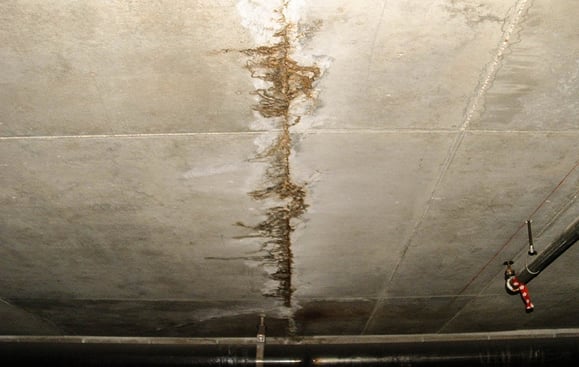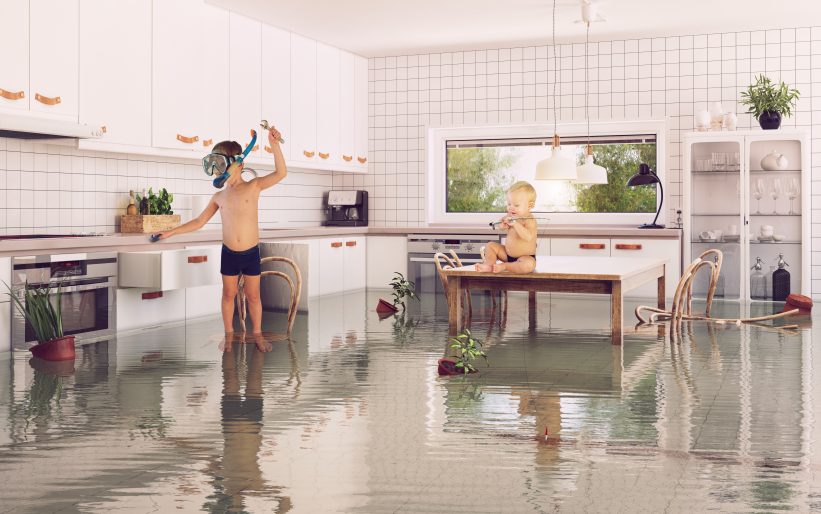Do's & Don'ts of Water Damages.
Do's & Don'ts of Water Damages.
Blog Article
We've encountered this post involving Reducing Your Risk Of Water And Fire Damage At Home below on the net and accepted it made perfect sense to relate it with you here.

Water offers life, water intrusion on parts where it's not expected to be can result in damages. If the water saturates right into your framework, it can peel away surfaces as well as wear down the foundation. Mold as well as mold also grow in a wet atmosphere, which can be unsafe for your wellness. Homes with water damages smell old and also mildewy.
Water can originate from many resources such as hurricanes, floods, burst pipelines, leakages, and also drain problems. In case you experience water damage, it would certainly be excellent to understand some security preventative measures. Below are a couple of standards on just how to take care of water damage.
Do Prioritize House Insurance Coverage Protection
Water damages from flooding because of heavy winds is seasonal. You can likewise experience a sudden flooding when a malfunctioning pipeline unexpectedly bursts right into your house. It would be best to have residence insurance coverage that covers both disasters such as natural tragedies, and emergency situations like broken plumbing.
Don't Forget to Shut Off Energies
In case of a catastrophe, particularly if you stay in a flood-prone location, it would certainly be a good idea to turn off the main electrical circuit. This cuts off power to your whole home, protecting against electric shocks when water comes in as it is a conductor. Don't forget to transform off the primary water line shutoff. Furnishings will certainly relocate about as well as trigger damages when floodwaters are high. Having the major shutoff turned off stops more damages.
Do Stay Proactive and Heed Weather Condition Informs
Tornado floodings can be extremely uncertain. If there is a history of flooding in your area, stay proactive and ready. Listen to emptying warnings if you live near a river, lake, or creek . Take out prized possessions from the ground floor and basement, after that put them on the highest feasible degree. Doing so reduces possible residential property damage.
Do Not Neglect the Roofing System
You can avoid rain damage if there are no openings as well as leakages in your roof covering. This will certainly avoid water from moving down your walls and saturating your ceiling.
Do Take Notice Of Small Leaks
A burst pipe doesn't occur over night. You might observe gurgling paint, peeling wallpaper, water streaks, water discolorations, or leaking sounds behind the walls. Have your plumbing fixed prior to it results in enormous damages.
Do Not Panic in Case of a Burst Pipe
Keeping your clearheadedness is important in a time of crisis. Worrying will only compound the problem since it will stifle you from acting quick. Timing is key when it comes to water damages. The longer you wait, the even more damages you can expect. Therefore, if a pipe bursts in your residence, instantly turned off your major water shutoff to cut off the source. Unplug all electric outlets in the location or transform off the circuit breaker for that part of the house. Call a reputable water damage repair professional for assistance.
Water provides life, water invasion on components where it's not meant to be can result in damage. Homes with water damages odor old as well as stuffy.
Water damage from flood charges to hefty winds is seasonal. You might notice gurgling paint, peeling off wallpaper, water streaks, water spots, or trickling audios behind the walls. When it comes to water damage, timing is essential.
Some Do's & Don't When Dealing with a Water Damage
DO:
Make sure the water source has been eliminated. Contact a plumber if needed. Turn off circuit breakers supplying electricity to wet areas and unplug any electronics that are on wet carpet or surfaces Remove small furniture items Remove as much excess water as possible by mopping or blotting; Use WHITE towels to blot wet carpeting Wipe water from wooden furniture after removing anything on it Remove and prop up wet upholstery cushions for even drying (check for any bleeding) Pin up curtains or furniture skirts if needed Place aluminum foil, saucers or wood blocks between furniture legs and wet carpet Turn on air conditioning for maximum drying in winter and open windows in the summer Open any drawers and cabinets affected for complete drying but do not force them open Remove any valuable art objects or paintings to a safe, dry place Open any suitcases or luggage that may have been affected to dry, preferably in sunlight Hang any fur or leather goods to dry at room temperature Punch small holes in sagging ceilings to relieve trapped water (don't forget to place pans beneath!); however, if the ceiling is sagging extremely low, stay out of the room and we'll take care of it DO NOT:
Leave wet fabrics in place; dry them as soon as possible Leave books, magazines or any other colored items on wet carpets or floor Use your household vacuum to remove water Use TV's or other electronics/appliances while standing on wet carpets or floors; especially not on wet concrete floors Turn on ceiling fixtures if the ceiling is wet Turn your heat up, unless instructed otherwise

I stumbled upon that entry about What You Can Do At Home To Prevent Fire And Water Damage while browsing the web. If you enjoyed our blog posting if you please don't forget to share it. Many thanks for going through it.
Report this page